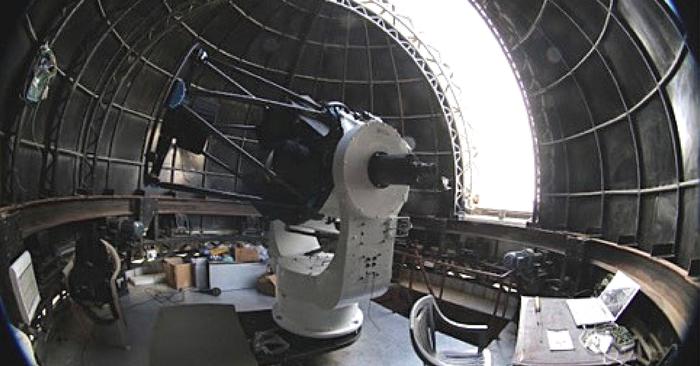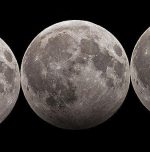India’s First Robotic Telescope is here

India’s latest telescope is the most fascinating telescope that the country has ever built.
The country’s first robotic telescope is located at Hanle in Ladakh, at the Indian Astronomical Observatory (IAO).
This telescope is not only the first Indian robotic telescope, but it is also the first Indian telescope that is designed to observe transient or dynamic events in the universe.
G. C. Anupama is the man in charge of both the IAO and the Center for Research and Education in Science and Technology (CREST) at Indian Institute of Astrophysics (IIA) in Bangalore.
He reported that this telescope first saw light on the night of June 12th.
The development of India’s newest telescope is a cause of great excitement among young astronomers in Hanle.
It is designed to capture cosmic events that occur over spans of time much shorter than lightyears. The optical research telescope will be able to capture events that occur over the course of years, days, and even hours.
Alongside the Indian universities and research institutes, there are research institutes and universities from the United States, the United Kingdom, Japan, Germany, Israel, and Taiwan who are also part of this initiative.
Time domain astronomy is the major research objective of this project. This entails the study of explosive transients and variable sources in the universe.
The project of building this telescope is a joint project of the IIA and the Indian Institute of Technology Bombay (IITB).
The telescope itself costs ₹3.5 crore. This project is funded by the Science and Engineering Research Board (SERB) of the PIRE project’s Department of Science and Technology (DST).
This telescope is expected to generate massive amounts of data, since it can accumulate over one thousand gigabytes of data in a year.
India’s latest telescope will allow for incredible discoveries of the fascinating events that occur in space over short periods of time.
Image Reference: Thebetterindia









Leave a Reply